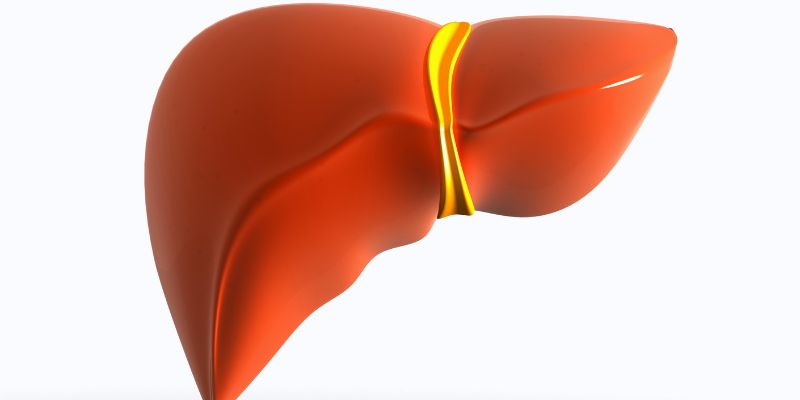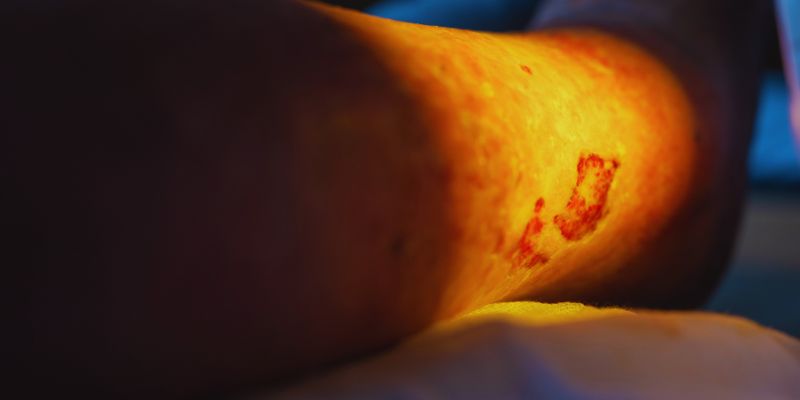What Causes Biliary Atresia: Understanding This Rare Liver Condition
Biliary atresia is a rare liver ailment affecting neonates. It closes bile ducts, stopping bile flow. Bile breaks down food and gets waste out of the body. If bile is not expelled, it accumulates in the liver. This damages the liver and results in scarring. The precise reason for biliary atresia is unknown. Some authorities think it starts before birth. Others believe immune system problems or infections could have a part in it.
Early diagnosis and surgery help outcomes. Many times, symptoms start a few weeks following birth. Babies could have pale stools, yellow complexion, and a distended tummy. Treatment can cause liver failure. One should pay great attention to the causes and risk factors. Possible origins, symptoms, and therapy choices for biliary atresia are investigated in this article.

What is Biliary Atresia?
Biliary atresia is a disorder in which bile ducts, inside or outside the liver, are obstructed. Bile from the liver passes via these channels to the intestines. If blocked, they cause bile to accumulate in the liver. It damages the liver and leaves scarring, sometimes referred to as cirrhosis. Roughly 1 in 10,000 to 15,000 babies have the disorder. Asian ethnicities and female infants get it more often. Though the precise reason is yet unknown, experts have various ideas.
Some think it results from preborn developmental problems. Others propose immunological issues or infections have a part. Biliary atresia is not hereditary, unlike other liver illnesses. It is not from parents to children. Blood testing, imaging, and occasionally a liver biopsy help doctors diagnose it. Early on, operations are required to increase bile flow. Severe instances could call for a liver transplant.
Possible Causes of Biliary Atresia
The precise reason for biliary atresia is yet unknown. Researchers have, however, found numerous likely causes for this disorder:
- Developmental Issues Before Birth: Some authorities think biliary atresia develops during fetal development. Before birth, the bile ducts could not develop correctly. Unknown environmental elements or genetic alterations could be the causes of this. However, no one particular gene has been connected to this condition. Healthy livers are not inherited; hence, parents with good livers can produce a child with biliary atresia.
- Viral or Bacterial Infections: Certain studies indicate that biliary atresia may be brought on by infections following birth. Viruses, including rotavirus or cytomegalovirus (CMV), may initiate an immunological reaction. This reaction could compromise the bile ducts, causing obstruction and scarring. Not all newborns with these infections, nevertheless, develop biliary atresia. It implies that some other elements could be involved.
- Immune System Malfunctions: The immune system keeps the body free from infections. Sometimes, it can unintentionally harm the bile ducts, causing inflammation and obstructions. We call this illness an autoimmune reaction. Some experts think some newborns might have an excessive immune response, which could help explain why some people acquire biliary atresia following an infection.
- Exposure to Toxins or Chemicals: Additionally, environmental elements could contribute to biliary atresia. Certain studies propose that exposure to dangerous chemicals during childbirth could influence the formation of bile ducts. No particular poison, though, has been found. Confirming this hypothesis calls for more investigation.
- Birth Defects and Other Medical Conditions: Sometimes, other congenital abnormalities cause biliary atresia. Babies born with digestive disorders, spleen trouble, or heart defects could be more vulnerable. It points to a more general developmental problem, including biliary atresia. However, most cases strike healthy infants.

Symptoms of Biliary Atresia
Usually, symptoms of biliary atresia show up in the two to eight weeks following delivery. Jaundice, which results from too high bilirubin yellowing the skin and eyes, is the most obvious indication. Another important indication is pale or gray feces as bile colors stools are normally brown. Because bilirubin accumulation influences its color, babies may also have dark urine. An enlarged liver brought on by bile buildup might create a bloated belly.
Since their systems find it difficult to absorb nutrients adequately, babies with biliary atresia generally suffer from delayed development and inadequate weight gain. Because the illness affects liver function, some infants may also seem weak or agitated. Untreated biliary atresia can, over time, cause failure, liver damage, and cirrhosis—scarring. Parents should consult a doctor if their child exhibits these symptoms since early diagnosis and treatment greatly affect the outcomes. Early management helps control the illness and stop major complications.
Treatment Options for Biliary Atresia
Though medication helps control symptoms, biliary atresia has no cure. The key objectives here are increasing bile flow and avoiding liver injury.
- Kasai Procedure (Hepatoportoenterostomy): This procedure opens a fresh bile outflow route from the liver. The surgeon ties the liver to the intestines and eliminates obstructing ducts. It's best done before two or three months of age. While some infants bounce back, others can still have liver issues.
- Liver Transplant: If the Kasai operation proves insufficient, a liver transplant is required. A healthy one from a donor replaces damage in a liver. Liver transplants offer the best chance for long-term survival. Many kids lead regular, healthy lives following a transplant.
- Supportive Care: Babies with biliary atresia require particular attention. Physicians could advise that high-calorie diets are meant to foster development. Besides that, they can suggest vitamin supplements since the liver cannot efficiently absorb vitamins with a fat-soluble nature. Plus, you may need medications to stop infections and ease itching. Parents should follow the best outcome advised by their doctor.
Conclusion:
One major liver condition that strikes neonates is biliary atresia. It stops bile flow, which damages livers and causes scarring. Though the reason is unknown, professionals advise developmental concerns, infections, or immune system disorders. Early signs include jaundice, pale feces, dark urine, and a distended abdomen. Diagnosis calls for radiology, blood testing, and occasionally a liver biopsy. In extreme situations, treatment consists of the Kasai operation or a liver transplant. Good quality of life and symptom management depend on supportive care. Prevention of problems and guarantees of improved long-term health outcomes for impacted newborns depends on early identification and treatment.











